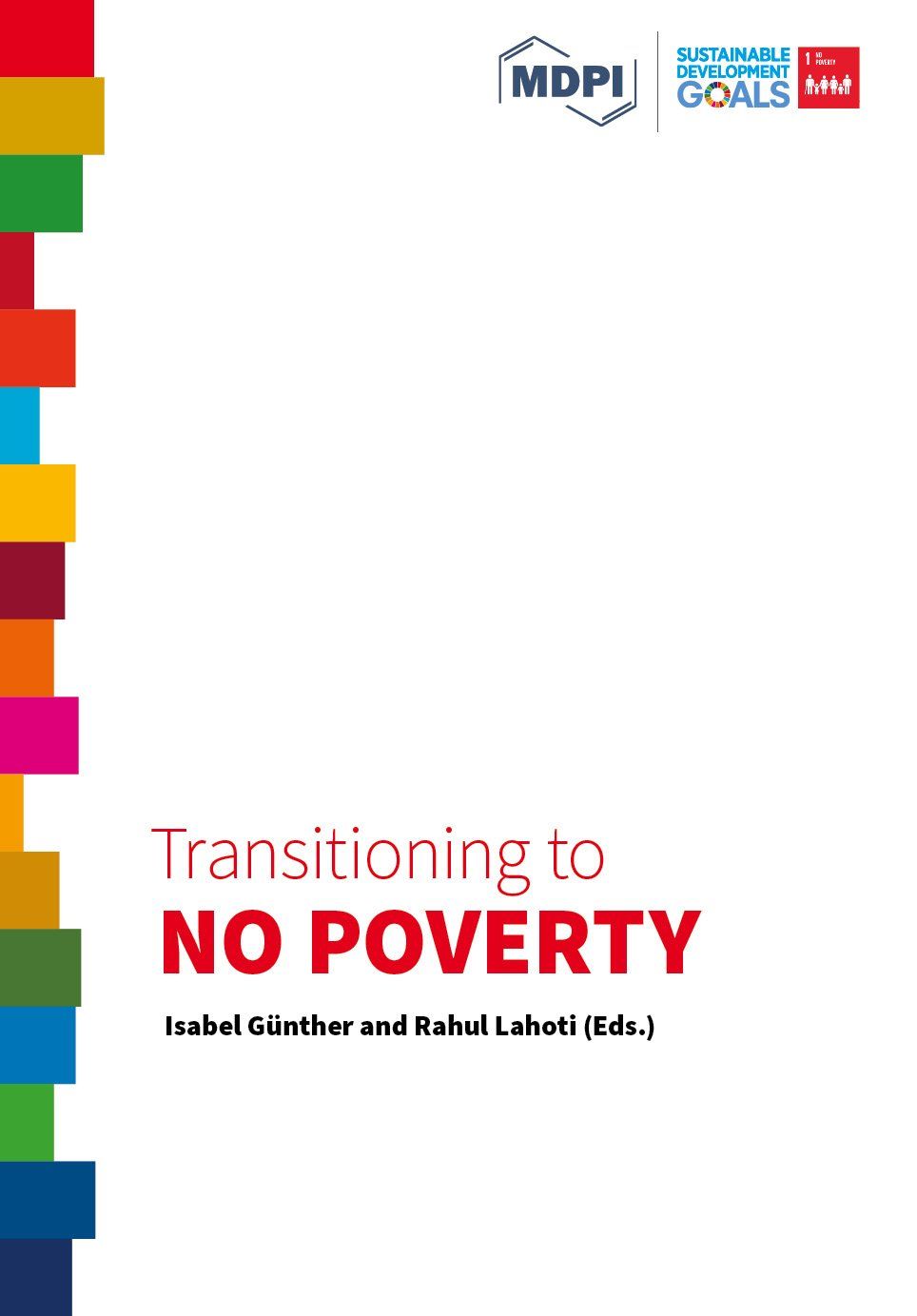The Fight against Global Poverty: 200 Years of Progress and Still a Very Long Way to Go
page 13-25
Abstract
Almost one in ten people globally live on less than USD 1.90 per day and recent projections suggest we are not on track to achieve the goal of eradicating such extreme poverty by 2030. What the long-run history of global poverty shows clearly, however, is that the continued presence of extreme poverty is far from inevitable. The aim of this chapter is to inform our aspirations for the future of global poverty by summarising what we know about its history. To provide this long-term perspective, we present global poverty estimates based on two methods: household survey-based estimates from the World Bank and national accounts-based estimates derived from historical data on GDP per capita and inequality. The latter method allows us to estimate the trajectory of global poverty over the last two centuries. We compare the methods and data underlying these two approaches to poverty measurement. There are discrepancies between the resulting estimates and sources of uncertainty in each case. However, there are key points of agreement, and the main trends on which they converge are robust to various sources of uncertainty. This evidence shows a substantial decline in global poverty rates over the last two centuries, with particularly fast progress made in recent decades. The extent of the changes we see over the long run should embolden us to reach not only for the eradication of the most extreme forms of poverty but for much more ambitious goals still.
